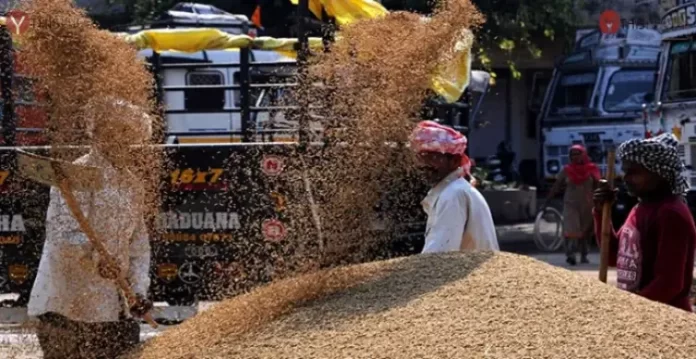Call it arrogance or ignorance, but Andhra Pradesh’s leaders, such as TDP Chief N Chandrababu Naidu, will not change their ways when it comes to Telangana and its people. Despite the fact that Telangana has been at the forefront of various sectors, particularly tank irrigation and agriculture, the rulers of Coastal Andhra continue to dismiss and ridicule Telangana.
Naidu claimed that the Telangana people only got to eat rice after the TDP took power in erstwhile Andhra Pradesh. However, he was unaware that Paddy was the second most important crop cultivated in Telangana after Cotton in 1950-51, before merging with Andhra to form Andhra Pradesh.
According to the most recent records available from the State Agriculture Department as well as the public domain, the annual acreage under Paddy in the then Telangana (comprising parts of Maharashtra and Karnataka part of erstwhile Hyderabad State) varied from 1.2 crore acres in 1942-43 to 1.6 crore acres in 1951-52.
According to the Andhra Pradesh Economics and Statistics Department, Telangana accounted for nearly 20 lakh tonnes of paddy produced in erstwhile Andhra Pradesh in 1980-81, i.e., before the Telugu Desam Party was founded on March 29, 1982. During the period, paddy was cultivated majorly in select districts of Coastal Andhra i.e., Krishna, Guntur, Nellore, East and West Godavari as well as Kurnool of Rayalaseema. However, paddy has been a major crop cultivated in seven of 10 districts in Telangana i.e., Mahabubnagar, Medak, Khammam, Nizamabad, Karimnagar, Warangal and Nalgonda.
Furthermore, Telangana was blessed with a chain of irrigation tanks developed between the 12th and 14th centuries, which served as a major irrigation source for cultivation in Telangana. According to irrigation experts, the Coastal Andhra region saw major irrigation projects only in 1850s after Sir Arthur Cotton constructed several barrages and canal systems to supply irrigation water to paddy fields.
(This story has been sourced from a third-party syndicated feed, agencies. Raavi Media accepts no responsibility or liability for the text’s dependability, trustworthiness, reliability, and data. Raavi Media management/ythisnews.com reserves the sole right to alter, delete or remove (without notice) the content at its absolute discretion for any reason whatsoever.)







